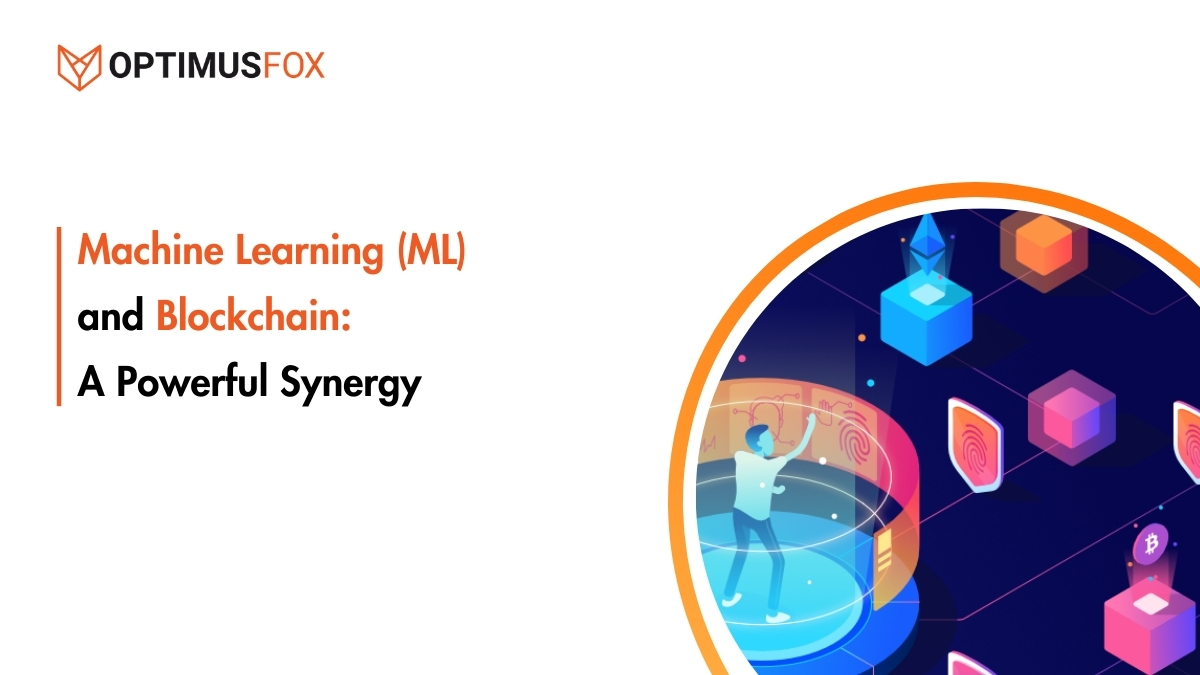The field of education has evolved greatly during the past few decades. Educators’ methods have evolved as well, from verbal explanations and blackboard drawings/sketches to digital smart classrooms, to keep up with the speed at which technology is advancing. However, the concept of education in the metaverse has become increasingly popular and has proven successful in reaching new generations.
Modern methods of instruction are centered on the student’s education and are geared toward providing a stimulating and interactive setting in which the subjects being taught can be fully grasped.
Education in the Metaverse
Metaverse is a new platform where learning and teaching will be done in a new way. The platform has been designed to connect people from all over the world. It will not only be used for education but also business and social purposes.
With Metaverse, it will be possible to interact with students, teachers, and parents through video conferencing systems. In addition, it will also be possible to exchange information about subjects using different types of learning tools such as virtual laboratories, videos, animations, and other sources of information. The aim is to create a place where people can learn from each other and share their knowledge with others.
What Differs Between Virtual and Physical Classrooms?
Learning in a virtual world is not as simple as it seems. The learning process is completely different from the way it works in a physical classroom.
- The teacher will be replaced by the instructor who will guide and help students on how they can learn better.
- There will be no grades or points awarded to students for each session. The only thing that counts is the time spent learning new things and completing tasks as per given instructions.
- Students have access to all kinds of tools to help with their studies like video demonstrations, handouts, etc., which are nearly impossible to find in a traditional classroom environment.
- Students don’t need to worry about attending classes or paying fees since these services are provided free of cost by the Metaverse Education Network (MEN).
Applications of Education in the Metaverse
To reap the benefits of the metaverse, the educational sector can do the following:
- Virtual 3D Classrooms
- Digital Learning
- Virtual Campus Activities
- Virtual Tours
- Events and People
- Bringing Awareness
- Interdisciplinary Learning
Benefits of Metaverse for the Education Sector
Metaverse is proved to be very beneficial for the education sector. Here are some major benefits:
Effective Learning
Metaverse is an open-source platform that aims to make education more accessible, and effective. Metaverse provides educational tools that help teachers teach better and students learn more effectively. It also provides different tools such as online assessment, digital learning environments, and virtual classrooms which help teachers reach out to students who might be physically or financially isolated from school.
Encouraging Collaboration
Metaverse will also encourage students to work together on projects that require collaboration between them. This way, students will learn how to work collaboratively which is a very important skill for them to have in the future when they are working in professional fields such as medicine or engineering.
Affordable and Convenient
Metaverse can be applied to provide an affordable and easy way for students to learn from their peers or tutors or teachers. Learning materials will be stored on distributed ledger technology (DLT), which makes it possible to share content and resources among students, teachers, universities, schools, and other institutions.
Improved Learning Speed
A study by PwC found that workers who took part in virtual reality (VR) enabled courses mastered the material four times faster than those who took the same courses in a traditional classroom setting. Thanks to the metaverse’s gamification, engaging hands-on practices, 3D features, and enjoyable activities, students can stay one step ahead of the curve. As a result of the immersive nature of 3D simulations in the metaverse, students report feeling less distracted when studying.
Conclusion
Education in the Metaverse is one of the most important sectors in today’s society. Metaverse offers a decentralized platform for students and teachers. It provides a safe environment for students and teachers to interact with each other and share their knowledge on different topics related to education. This will help them develop their skills and become more knowledgeable about different topics in the industry.
A benefit of Metaverse is that it will allow students from different countries to interact with each other through virtual rooms where they can discuss their experiences and learn from each other’s experiences.





